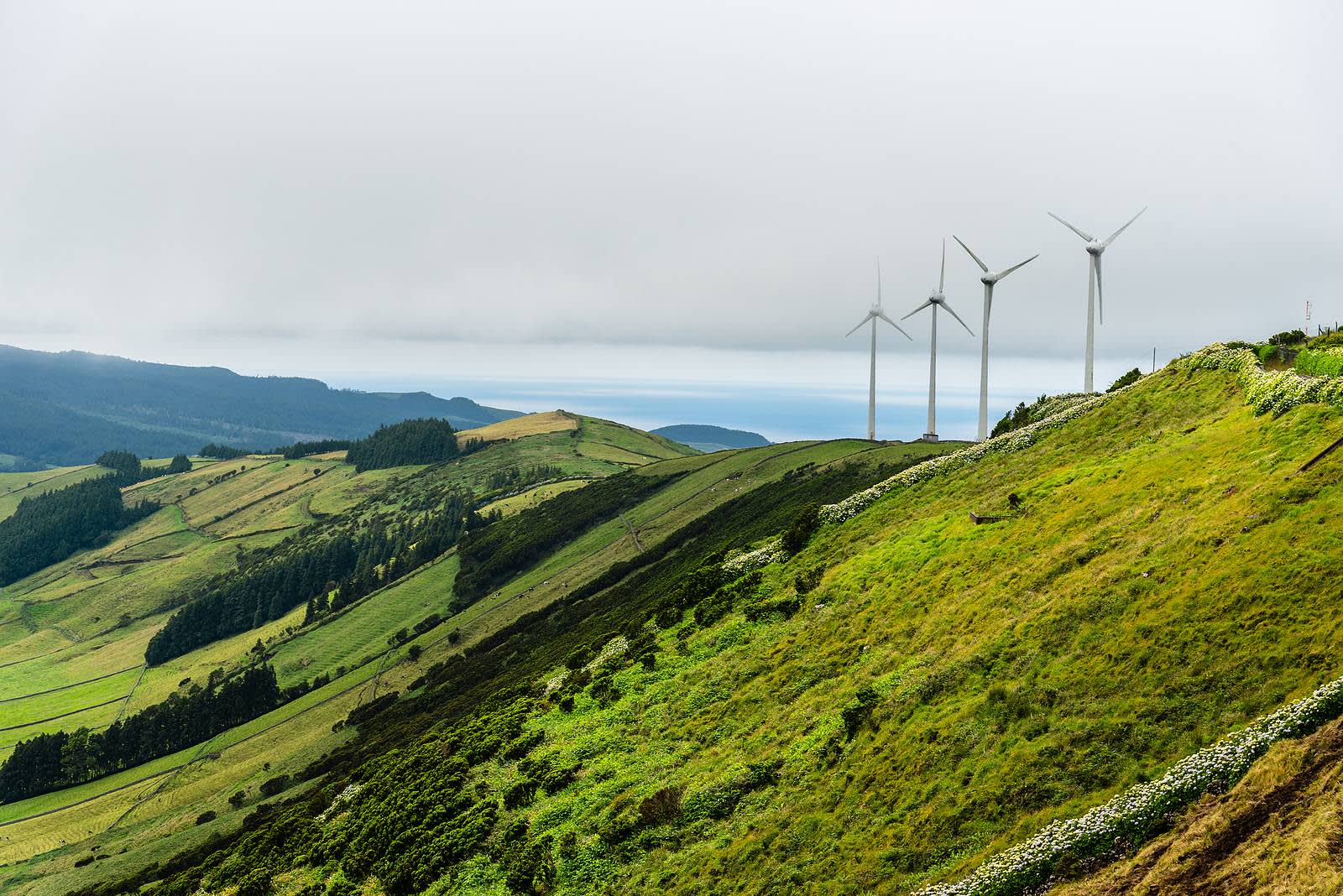Know your power: How REGOs and RECs are unlocking a renewable future
By Valpy Fitzgerald, Director of Renewables & Sustainable Commodities at Drax
Electricity can’t be packaged up and delivered like other products. Every electron generated and supplied to the grid must be matched by demand. With consumers all pulling from the same shared grid it’s impossible to know which consumer uses what megawatt hour (MWh) generated.
This becomes especially problematic as companies and countries try to decarbonise their operations and Scope 2 emissions. Energy Attribute Certificates (EACs) offer a solution.

EACs are transferable statements that represent proof that 1 MWh of electricity was generated from a particular power source and was then fed into the shared power network. A key aspect of these certificates is that each can only be used once and is retired at the end of each Compliance Period – reducing the potential for double counting renewable MWhs.
Renewable Energy Guarantees of Origin (REGOs) in the UK, Renewable Energy Certificates (RECs) in the US, and other Guarantees of Origin used around Europe each denote the underlying source, location, and year of generation. When a supplier buys a MWh of electricity from a renewable generator, they can also purchase an EAC which is passed to the consumer or cancelled and allocated in the name of the consumer by the local regulatory body - offering proof that they paid for and consumed renewable power.
Such certificates enable individuals and organisations to understand where their power comes from, reduce their Scope 2 emissions, and accurately calculate their decarbonisation metrics.
REGOs in the UK have served to incentivise increased renewable deployment and enable it to decarbonise faster than many other major economies. But beyond that, EACs and International Renewable Energy Certificates (I-RECs) have the potential to drive innovation in energy markets and decarbonisation on a global basis, helping more of the world reach net zero.
Democratising access to renewable power
One of the major advantages REGOs offer is providing a democratic way to enable companies of all sizes and individual consumers access to renewable power.
With REGOs businesses don’t need to negotiate complicated or expensive contracts directly with generators or be located near them. Businesses of all sizes have guaranteed renewable power without the need to invest in capital intensive projects, like installing solar panels or very long-term Power Purchase Agreements (PPAs). REGOs open up access to renewable power through electricity suppliers, who are empowered to offer renewable electricity tariffs.
It means consumers can be assured that for every MWh they consume their supplier is buying renewable power and REGOs that act as certified proof, preventing other consumers from making a booking claim for that same MWh of renewable electricity.
Transparent and accurate
REGOs offer transparency in connecting renewable power directly to consumers. This makes them effective for businesses auditing their Scope 2 emissions and decarbonisations progress.
As customers and investors increasingly expect and pressure companies to reduce their emissions across their operations, and wider supply chains, REGOs offer effective proof and evidence that their operations use renewable power.
On a country, or even international level, EACs and REGOs can help to avoid double counting of renewable MWh. Without a clear mechanism in place to make claims, one single MWh could be easily counted multiple times. Renewable claims could be made against the national grid average, geographic proximity to a power source or a power contract with no proof of your power’s origins. In this way EACs and REGOs can help to ensure booking claims are limited to one consumer per MWh.
The certificates also create clear transparency between suppliers and businesses about the amount of renewable power they add to the energy mix or use, respectively.
Spurring investment in new renewable deployment
EAC schemes can accelerate a country’s energy transition by putting an additional, marketable value on the production of renewable energy. Because suppliers pay for the REGO on top of electricity units, the additional value created can help incentivise new renewable developments and make projects more financially viable to generators, investors, and government partners.
The additional value that REGOs add to renewable power sources will only become more important as government subsidy packages come to an end. At times when renewable power is so abundant that its price reaches zero or negative values (as recently seen with solar in Europe) REGO prices will help to keep projects financially viable.
In this way the cost of REGOs and renewable power adoption is driven by consumers who choose renewable suppliers. When REGO prices increase at times of high demand for a lower supply of renewable sources, the cost impacts suppliers, who in turn pass them on to their customers.
Consistent REGO prices are what’s needed to incentivise new renewable installations, with prices levelling out as supply and demand become more aligned.
Driving innovation
Beyond encouraging more renewable installation and adoption, EACs can serve as the underlying mechanisms for greater energy innovation. Two ideas that EACs can enable are Full disclosure and Time stamping.
Full disclosure
Full disclosure is the idea that all energy generation, renewable and non, is issued with an EAC. The approach aims to create a level playing field and full transparency of which consumers use what MWh generated.
If all suppliers are required to actively purchase guarantees of origins of power, and pass them on to consumers, driving awareness of where their power comes from and encouraging renewable adoption.
Time stamping
By stamping every certificate with the time and date a MWh was generated, consumers can see where their power is coming from 24/7. More granular data would offer a wholly transparent view of where consumers’ power is coming from.
Consumers with preferences to specific forms of generation (i.e., solar and wind) or the locality of their power may be able to use this information to change when they consume power. Large consumers may even be able to use it as a basis to make decisions on PPAs/CPPAs or renewable installations.
EACs could also expand from electricity to energy more broadly. As hydrogen is increasingly deployed as an alternative to natural gas in heating applications, EACs could be applied to the volume of gas consumed.
EACs and I-RECs across borders
EACs don’t have to stay within the borders of one region. Purchasing and trading I-RECs and EACs globally creates the opportunity for companies and countries to collaborate across borders, incentivising greater renewable adoption around the world.
For example, a US-based business that struggles to source all its electricity from renewable sources, when wind or sunlight levels are low, could buy I-RECs, unbundled from solar power produced in a developing country. The solar operator would generate additional revenue from I-REC sales, reducing the cost to local consumers, helping incentivise renewable deployment in growing economies.
It also serves as a way for businesses committed to 100% renewable power to effectively subsidise renewables in regions beyond their own.
Organisations like the RE100 show that many of the world’s biggest companies are focussed on achieving a 100% renewable future. These include multinational corporations that need to decarbonise operations beyond their HQ locations to around the world, driving demand and pressuring local governments to increase renewable capacity.
Adoption of I-RECs and EAC standards across the world, can help create a clear understanding between countries and companies of renewable adoption, what’s needed to increase deployment, and progress towards net zero.
Learn more about RECs


